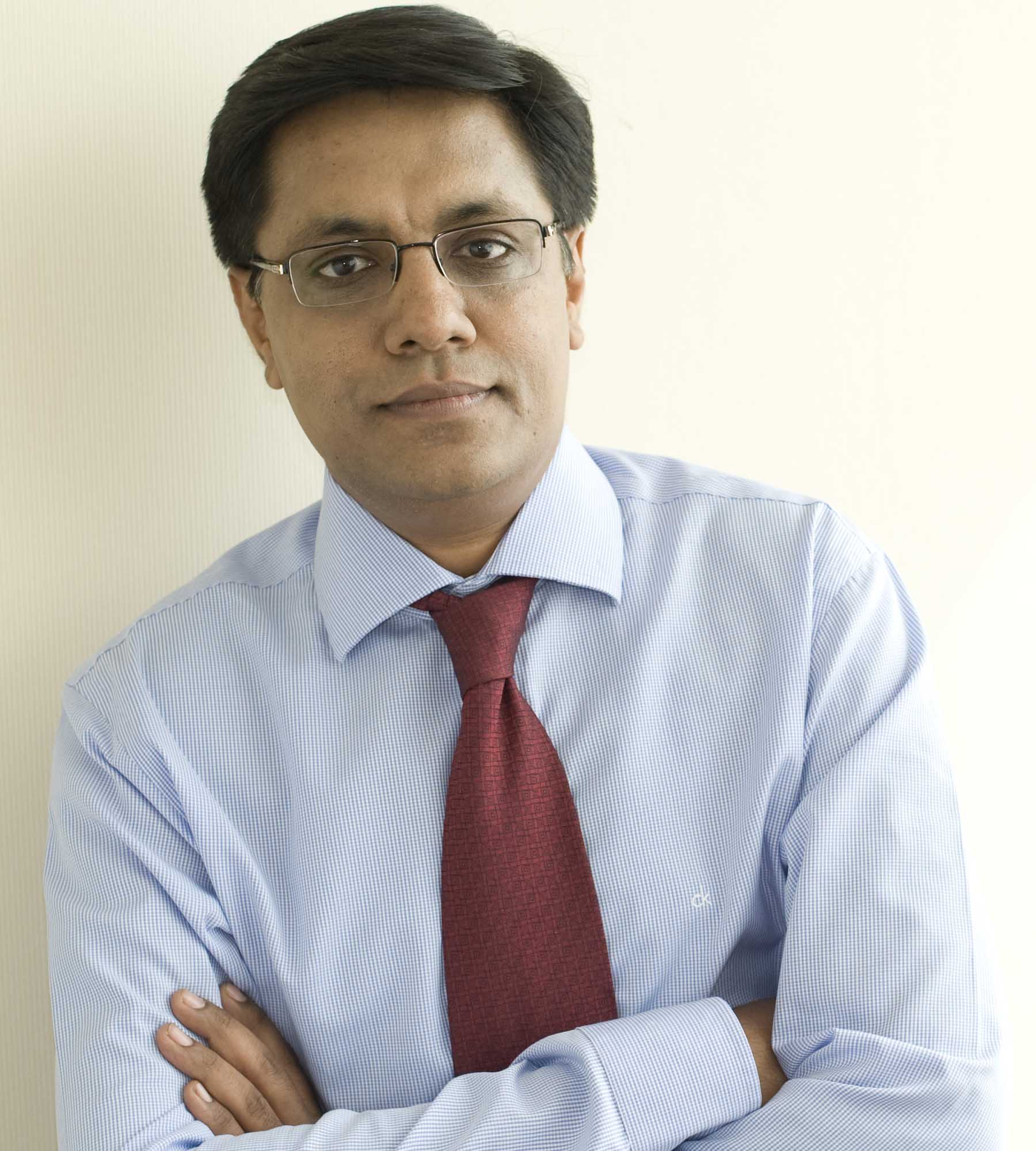 Mirae Asset India Opportunities Fund was launched during 2008 when the markets were facing their worst crisis. Neelesh Surana, Head - Equity, Mirae Asset Global Investments talks about the fund’s five year successful record.
Mirae Asset India Opportunities Fund was launched during 2008 when the markets were facing their worst crisis. Neelesh Surana, Head - Equity, Mirae Asset Global Investments talks about the fund’s five year successful record.
Can you describe the investment strategy adopted by Mirae Asset India Opportunities Fund. How did you manage to keep the performance steady for five years?
The focus on macros (both global and domestic) in the last five years has been unprecedented. However, when we dissect returns, more was driven by individual merit of businesses. There are two clear trends to have emerged [a] Quality businesses with stable earnings were rewarded; and [b] Stocks within the same sector witnessed differentiated returns with change in rankings based on market capitalization.
In these circumstances, it has been challenging for most funds to consistently outperform the benchmark. We have generated returns over the benchmark, by being in the right pockets as sector/stock divergence was significant in the last five years.
Will you continue to have a large cap bias in your portfolio?
MAIOF is benchmarked to BSE-200 index, and our market cap bias reflects this - it has about 75% exposure to large cap. From a pure investment viewpoint, we are size agnostic – however, for midcaps we do have a base filter of minimum cash flow which would mean we have relatively less exposure in small caps.
How did you build your fund’s portfolio since MAIOF was launched when the markets were very volatile in 2008?
We have had avoided companies with weak cash flows and thus stayed away from infrastructure, construction, real estate, etc. As mentioned earlier, most absolute returns in the last five years have been in sectors/companies with high quality of cash flow and visibility of earnings.
What are the key risks to the market currently?
Risks related to slowdown in overall growth, current account deficit and sticky consumer price inflation are well known. The key risk related to high oil price is now somewhat mitigated given the reforms and price alignment in the sector. Also, the positive is that valuations have corrected and many of the risks are factored in.
Have the corporate earnings been on your expected lines in FY12-13? What are your expectations for FY2013-14?
At an overall level, earnings growth of about 10-12% in FY14 is expected leading to Sensex EPS of about 1350. However, given the divergence in earnings, FY14 earnings growth in general for broader markets will be challenging.
What is your outlook for 2013?
Risks related to slowdown in overall growth, current account deficit, and sticky consumer price inflation and slowdown would take time to subside. This coupled with election year, has made most investors cautious. However, valuations have corrected, and many of the worries are discounted. Also, oil price reforms have been significant. Overall, we don’t see much of downside from these levels. Stock selection would remain important and yield decent returns.
What is your advice to investors?
Despite the last five years being one of the most challenging periods, many well managed funds have delivered returns of about 12-15%. Given the tax benefit in mutual funds these returns are not bad. We would advise investors not to get deterred by macro noises and invest in a disciplined way. Macros issues may appear serious but would get sorted over time and the same should be built in a well-crafted asset allocation with balanced weight to equities.




